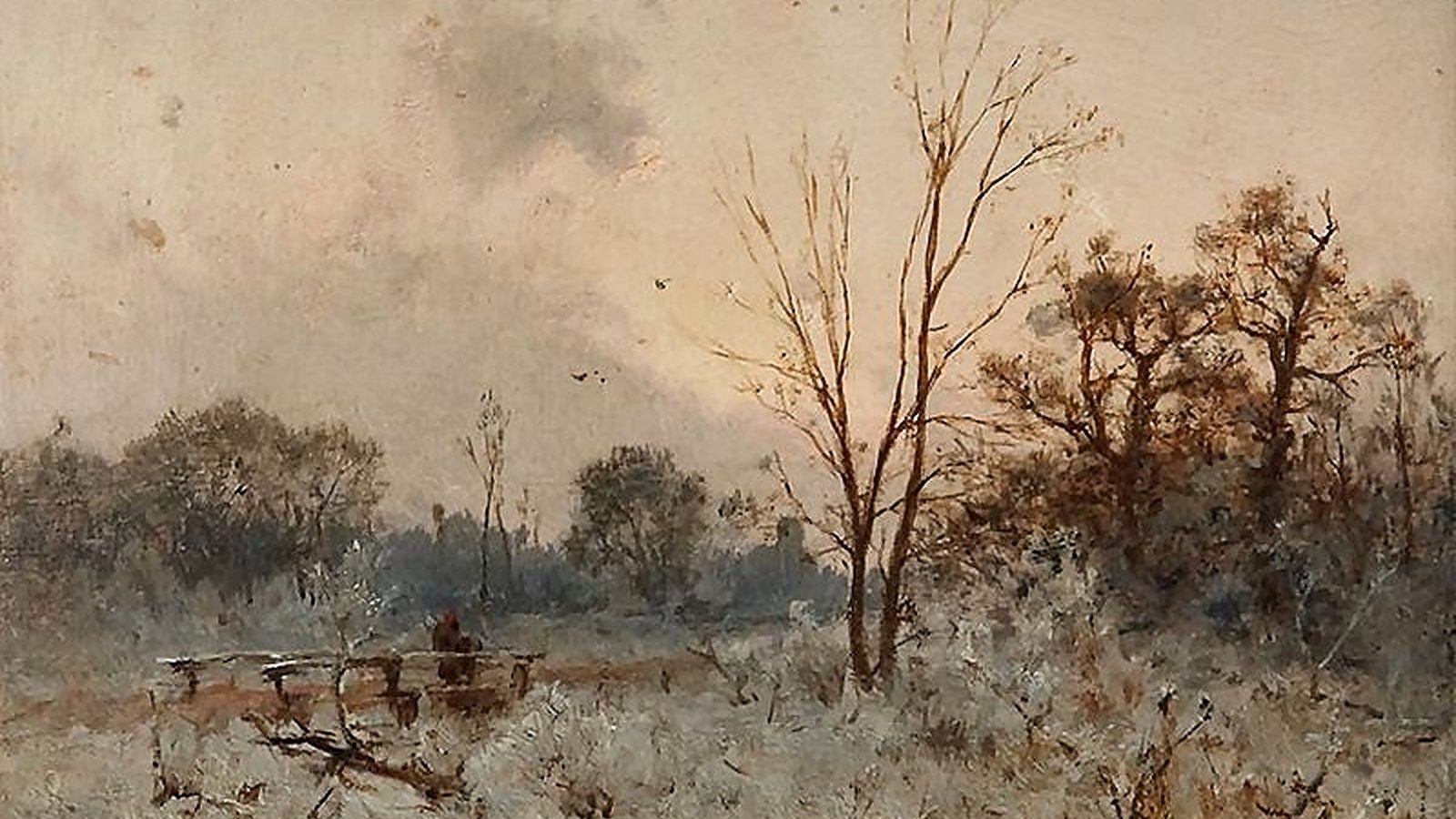Composed between 1830 and 1833, Frédéric Chopin’s three Op. 15 Nocturnes for solo piano are haunting, dreamy, and intimate songs of the night. They unfold as bel canto arias without words, in which the piano becomes a singing voice.
Chopin’s 21 Nocturnes popularized and expanded a form which was developed a generation earlier by the Irish pianist and composer, John Field (1782-1837). They feature daring harmonic innovations which influenced later composers. In the words of the German musicologist, Hugo Leichtentritt (1874-1951), Chopin’s Nocturnes juxtapose “an idyll of sounds, bright, delicate and pleasant, illumined by the sun, with a tempest that erupts suddenly with violence and brute force.” Franz Liszt wrote, “Chopin, in his poetic Nocturnes, sang not only the harmonies which are the source of our most ineffable delights, but likewise the restless, agitating bewilderment to which they often give rise.”
The mercurial quality of this music can be heard in the Nocturne in F Major, Op. 15, No. 1. It begins with an Andante cantabile (singing) which is marked, semplice I tranquillo (simply and tranquilly). A tempestuous middle section, marked Con fuoco (with fire), arrives without warning. Soon, the dreamy magic of the opening returns. Its searching melody floats above continuously shifting harmonies.
The Nocturne in F-sharp Major, Op. 15, No. 2 is a wordless bel canto aria with shimmering ornamentation. Chopin’s contemporary, the German pianist, Theodor Kullak, observed that “the return of the heavenly opening theme…touches [one] like a benediction.”
A performance of Shakespeare’s Hamlet is said to have inspired the haunting Nocturne in G minor, Op. 15, No. 3. For the composer, the music conjured up images of a graveyard. It begins with halting fragments. The final chorale-like chords, marked Religioso, lead to a glimpse of sunlight.
“It’s very inner music and very deep,” said the pianist, Maria João Pires. “Chopin is the deep poet of music. But he also invented this terrible thing called piano recitals. That made me suffer all my life.” Here are Pires’ celebrated 1996 recordings of Chopin’s Op. 15 Nocturnes:
Nocturne No. 4 in F Major, Op. 15, No. 1:
Nocturne No. 5 in F-Sharp Major, Op. 15, No. 2:
Nocturne No. 6 in G Minor, Op. 15, No. 3:
Recordings
- Chopin: Nocturnes, Op. 15, Maria João Pires Amazon
Featured Image: “Landscape at Sunset” (1879), Zygmunt Sidorowicz

